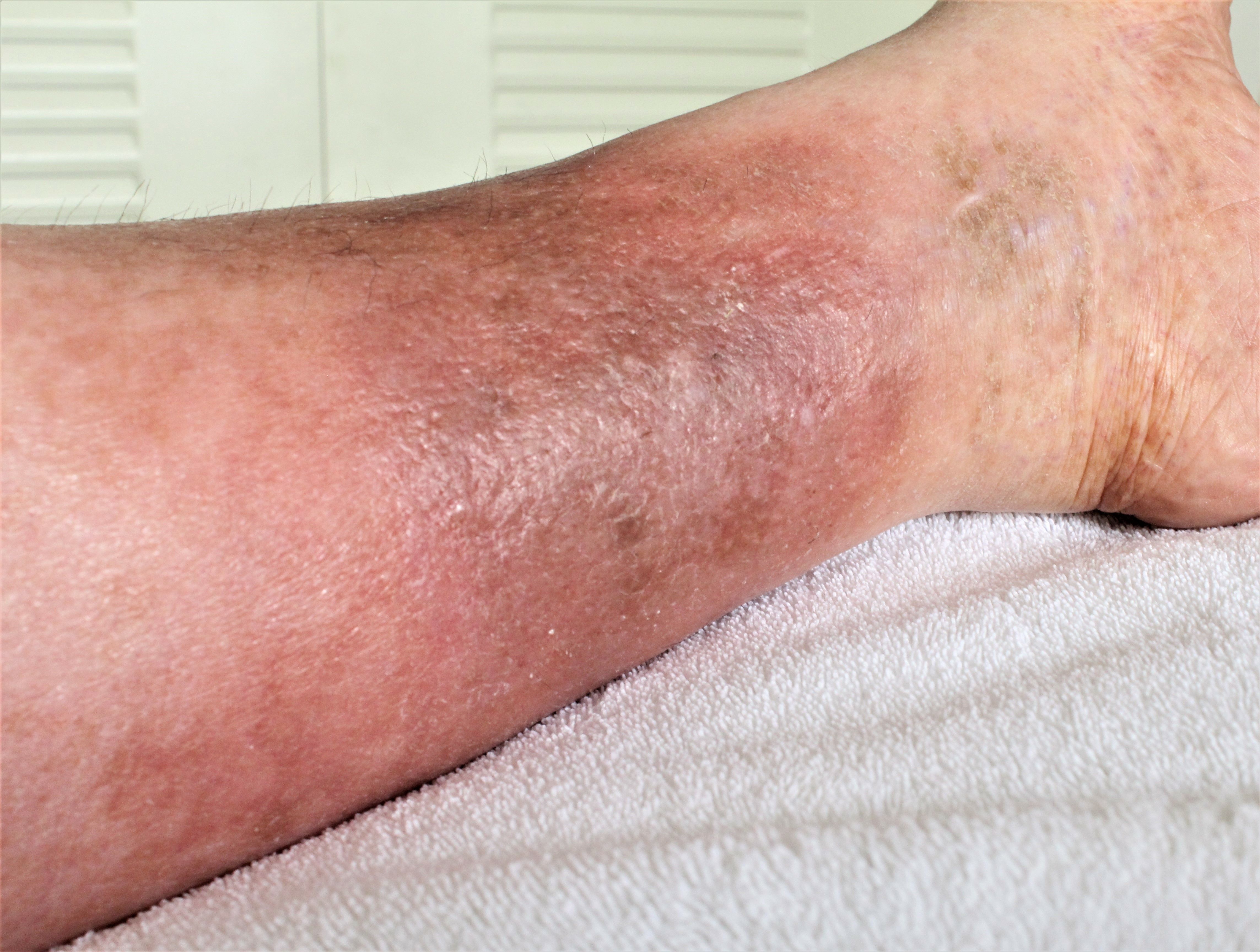Understanding Chronic Venous Insufficiency: President Trump's Health Diagnosis
President Trump's diagnosis of chronic venous insufficiency highlights a common yet impactful condition affecting leg health and mobility.
By
Patrick Campbell
| Published on July 18, 2025
5 min read
Credit: Adobe Stock

Any announcements regarding the health of sitting presidents are enough to capture the attention of the US public. This rang true on July 17, 2025, as headlines across the country honed in on the latest news surrounding President Donald J. Trump’s health: a diagnosis of chronic venous insufficiency — a condition affecting the veins in a person’s extremities that impairs normal blood flow back to the heart.
According to White House press secretary Karoline Leavitt, Trump was diagnosed with chronic venous insufficiency (CVI), a progressive condition that commonly affects older adults, following a medical exam by a physician. At 79 years old, Trump is managing symptoms that include leg swelling and skin discoloration, which are all hallmarks of the disorder.
What Is Chronic Venous Insufficiency?
Chronic venous insufficiency is a long-term condition where the valves in the veins of the legs do not work properly. These valves normally help keep blood flowing upward toward the heart. When they weaken or become damaged, blood pools in the lower legs, leading to swelling, aching and skin changes. In advanced cases, open sores called venous ulcers can develop.
Chronic venous insufficiency is relatively common, affecting up to 40% of U.S. adults to varying degrees, according to a 2023 study from the Society for Vascular Surgery. Risk increases with age, prolonged standing, previous blood clots, obesity and family history. Although it’s not life-threatening, the condition can significantly impair mobility and comfort, particularly in more advanced stages.
When Was Chronic Venous Insufficiency First Described?
Venous disease has been described for centuries — even Hippocrates wrote about chronic leg ulcers likely caused by vein dysfunction. However, it wasn’t until the 19th and 20th centuries that chronic venous insufficiency became clinically recognized as a specific circulatory disorder distinct from arterial disease or trauma-related injuries.
According to experts, modern diagnosis and classification of chronic venous insufficiency were advanced by the use of duplex ultrasound and vein mapping in the 1980s and 1990s, allowing for more precise identification of valve failure and venous reflux.
What Causes Chronic Venous Insufficiency?
According to the Mayo Clinic, chronic venous insufficiency happens when the one-way valves in the leg veins become faulty, allowing blood to leak backward and pool. This pressure buildup leads to vein distention, inflammation and eventually skin damage.
Causes and risk factors include:
- Aging: Valves naturally lose function over time.
- Prior blood clots (deep vein thrombosis): Can scar or damage veins permanently.
- Sedentary lifestyle or obesity: Weakens muscle support and compresses vessels.
- Genetics: A family history of varicose veins or chronic venous insufficiency increases likelihood.
- Hormonal changes: Pregnancy and hormone therapy can increase vein pressure.
Although the condition often progresses slowly, it can worsen if left untreated.
Is There a Cure for Chronic Venous Insufficiency?
There’s no cure, but Cleveland Clinic resources highlight many treatments exist to control symptoms and prevent progression.
- Compression therapy: Wearing compression stockings is the first-line treatment. These garments help improve blood return and reduce swelling. Many reports have cited Trump experiencing swollen ankles.
- Lifestyle changes: Elevating legs, walking, and weight control are crucial.
- Medications: Diuretics may reduce swelling, and venoactive agents are under investigation for vein wall support.
- Minimally invasive procedures: Techniques like endovenous laser treatment, radiofrequency ablation, and foam sclerotherapy seal off malfunctioning veins.
- Surgical interventions: For severe cases, vein ligation or stripping may be needed.
CVI can be managed successfully when caught early, and many patients maintain full activity with consistent care.
Helpful Resources:
- Mayo Clinic. Chronic Venous Insufficiency: Symptoms and Treatments.
- Society for Vascular Surgery (SVS). Chronic Venous Insufficiency.
- National Heart, Lung, and Blood Institute (NHLBI). What Is Chronic Venous Insufficiency?

